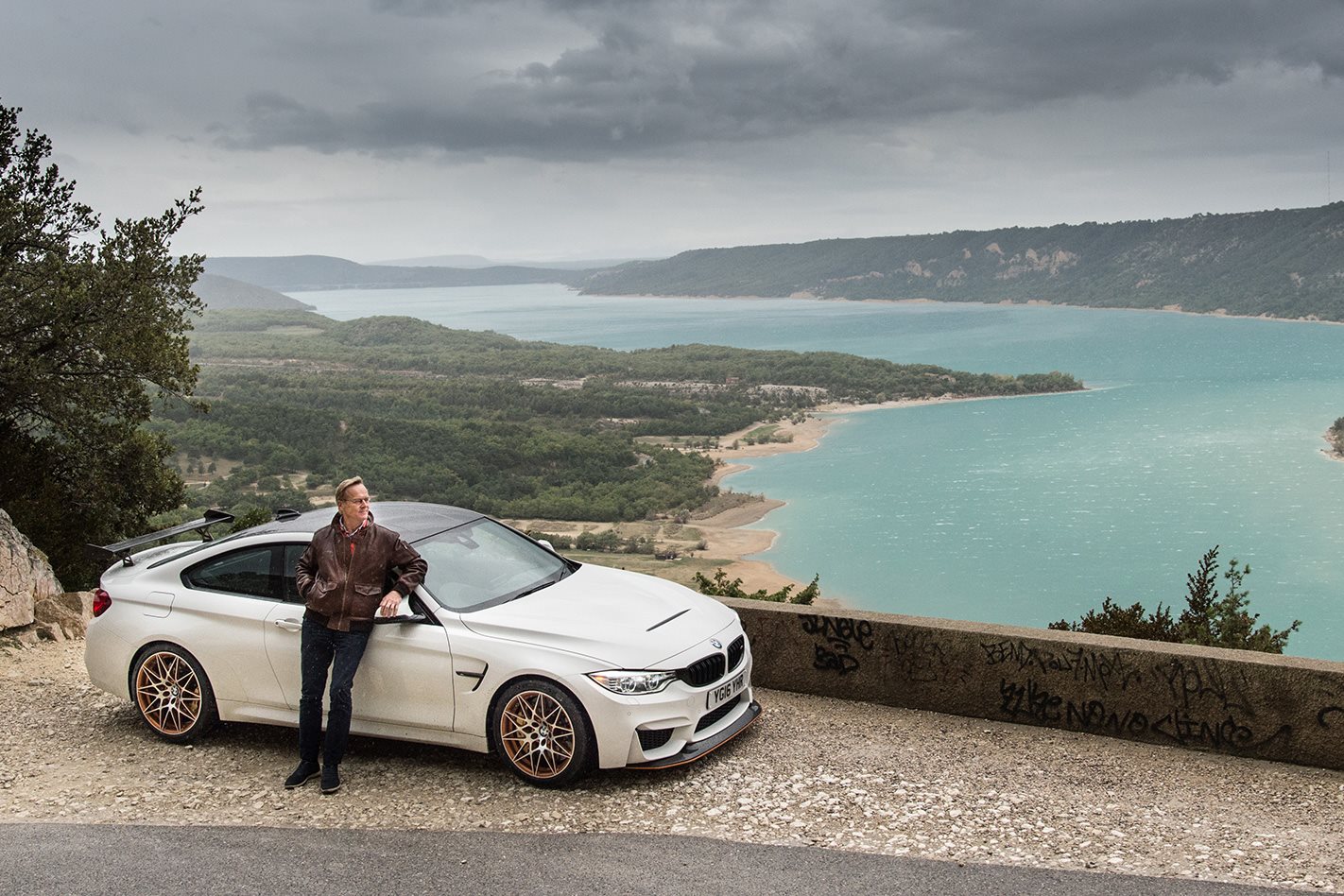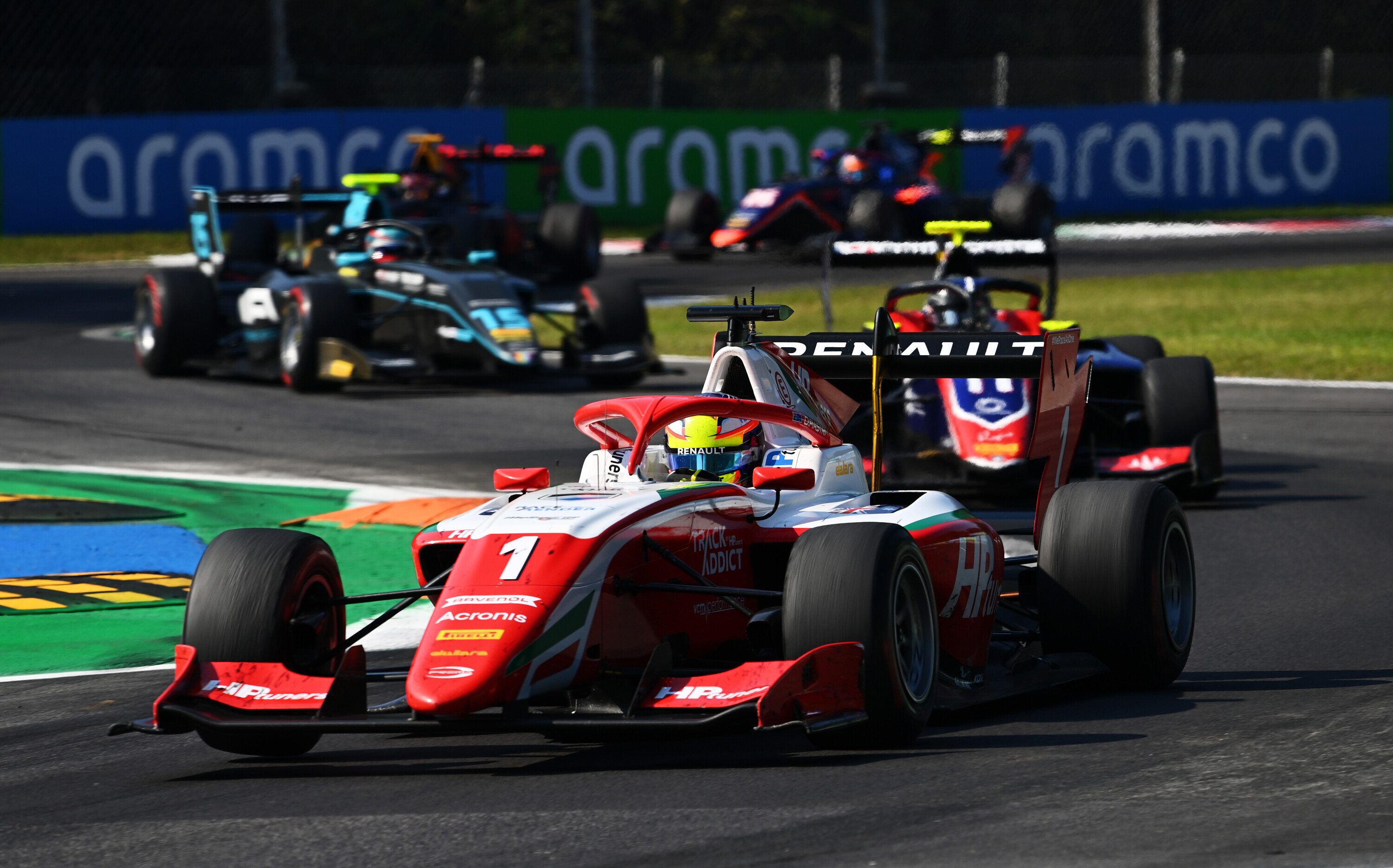I’VE insulted Ari Vatanen. Less than 15 minutes into our day together and his familiar face is wearing a peevish expression.
First published in the April 2017 issue of Wheels Magazine, Australia’s most experienced and most trusted car magazine since 1953.
“What’s wrong, Mike?” he demands, a slighted tone overlaying his careful Finnish diction.
We’re sitting at the kitchen table of his house in Provence, France, and I glance around to try and work out how I’ve caused offence.
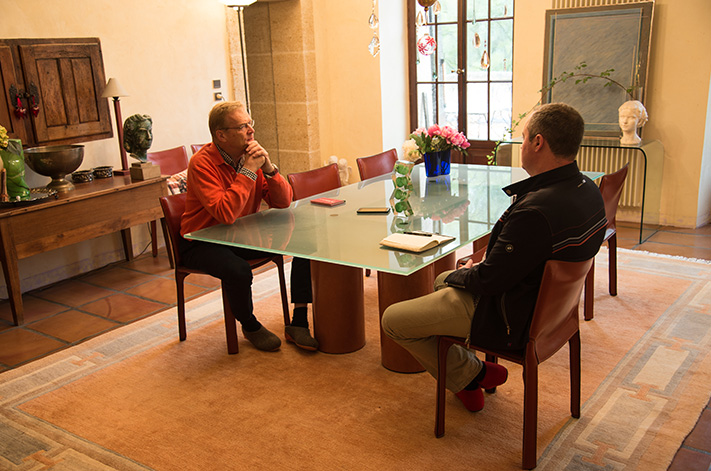
“Rita made it. I insist.”
The problem being I’ve already pigged out on a plump croissant and a weighty pastry, washed down by an excellent macchiato that Vatanen produced from a hissing coffee machine. I’m stuffed, but excuses aren’t going to cut it. To keep Ari happy I’m going to have to find space for a slice of bread spread with his wife’s homemade conserve.
Never meet your heroes. They’ll only make you breakfast.

As a young kid my favourite toy car was the Matchbox Mk2 Escort which, presumably to discourage underage smoking, wore a not-quite version of the Rothmans livery of his championship-winning car.
I was too young to travel to rallies during Vatanen’s Group B heyday, but I clearly remember how lithe and agile his Peugeot 205 T16 looked in the grainy television reports, especially next to the hulking, nose-heavy Audi Quattros that always seemed to be chasing it, and also the shock of hearing about the near-fatal crash that almost ended his career in 1995.
It was 1992 before I finally saw Vatanen live, at the RAC Rally where my reward for spending two hours shivering in a Welsh forest was the sight of his Subaru Legacy taking the corner I was standing next to at a visibly more extreme angle than anyone else, even hotshoe young team-mate Colin McRae.

Vatanen and McRae were both driving for Nissan, and interest in the Scotsman’s first run at the endurance event was huge.
I waited for most of a day to talk to him and was rewarded by a brief, stilted interview in the presence of an anxious PR minder.
Later I found Vatanen – who had won the event four times – standing in the hotel lobby and, completely starstruck, re-introduced myself and chatted freely about the event, his competition history and his love of Africa.
Yet while Vatanen’s CV is packed with highlights, it’s a non-obvious connection that’s brought me to Provence to meet him again. He’s been a works driver for Ford, Opel, Peugeot, Mitsubishi and Subaru in the WRC, but these days has become a BMW brand ambassador in France, his association underwritten by a couple of career footnotes.
“Few people will remember, but I did the Thousand Lakes in a BMW M3 back in 1988,” he says, “and also the Andros Trophy and some other ice racing with BMW. I shared a car with Nigel Mansell in the 24 Hours of Chamonix one year.”
More than enough excuse to make the 1000km drive from the UK in a right-hook M4 GTS to see what Vatanen thinks of the most extreme road-going BMW.
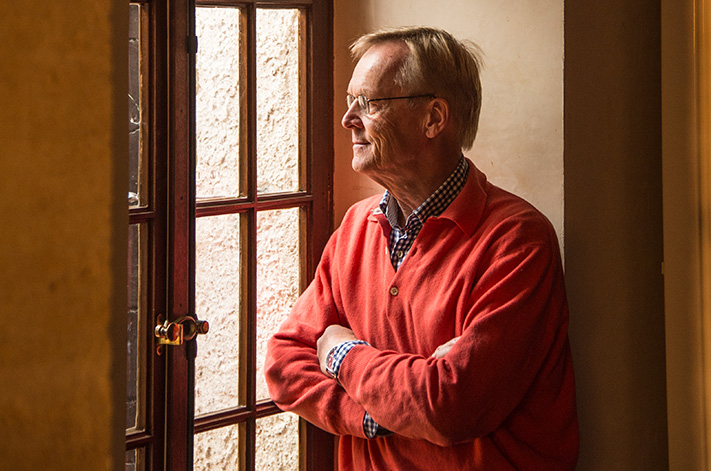
Like many top athletes he segued sporting success into a political career, although in Ari’s case a divided one.
He served two terms as a Member of the European Parliament, the first representing Finland and the second his adopted homeland of France.
When Max Mosley stepped down as head of the FIA in 2009 – after a well-publicised spanking-and-hookers scandal – Vatanen ran to replace him on a platform of radical reform.
He lost to Jean Todt, very much the FIA establishment candidate, who was supported by Mosley’s still considerable influence.
It was an acrimonious battle, and one that put considerable strain on the two men’s relationship, which dated back to Todt’s time as a co-driver and as head of Peugeot Sport when Ari drove for the team.
“Luckily it’s all patched up now,” Vatanen says.
“Jean started a new commission, the Closed Roads Commission, which is responsible for safety in rallying, off-road racing and hillclimbs, and I’m chairman of that, which I enjoy very much.”
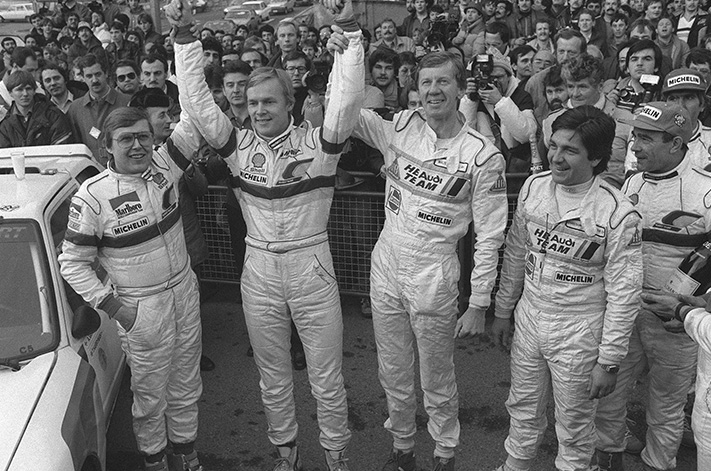
Vatanen’s father piloted Bristol Blenheims during the Second World War, and his first love was planes rather than cars.
“I wanted to be a fighter pilot, but I was too tall,” he says. “In the 1970s you had to be less than 170cm in Finland. Then I wanted to fly for Finnair, but I wasn’t intelligent enough, my English wasn’t good enough back then. So I got into cars instead, although I compensated a bit later on with helicopters.
“I’m a beginner in helicopters, even after more than 30 years. I do the opposite to what I do driving; I try not to push.”
While acknowledging the risks, and the toll helicopter accidents have taken on his friends and colleagues – Prodrive boss David Richards survived a chopper crash the day after Colin McRae and three passengers died in one – Vatanen remains an unashamed advocate.
“Helicopters can be dangerous, but they have saved far more lives than they have taken,” he says. That includes his own – he nearly died after an enormous crash on the 1985 Rally Argentina, suffering horrendous injuries when his seat broke.
“I know I wouldn’t be here if Jean Todt hadn’t had a Squirrel in the service area,” he says. “He sent it out to look for me when I didn’t make the control. They found me literally lying in the grass and flew me straight to hospital. There was no way I would have made it by road; there wasn’t time.”
The crash triggered a period of extreme depression after he became convinced that he had contracted AIDS from a blood transfusion.
“I thought that everything was finished; I’m so lucky I awoke from that dark nightmare,” he says, with emotion in his voice.
Vatanen says his long recovery altered his view of the world, giving him both a strong religious faith and a closer connection with his family.
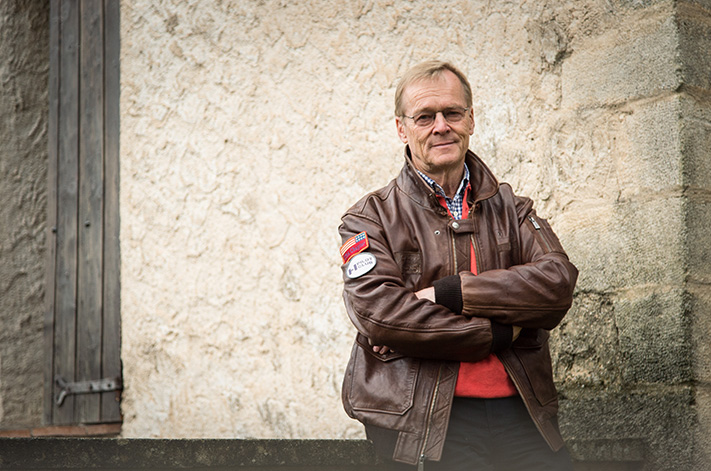
He went on to have four children, with Max, his youngest son, following in his father’s footsteps by competing in the British Rally Championship.
The Argentina crash also altered the trajectory of his career; by the time he had recovered, Group B had been abolished and Peugeot had opted not to continue under the tamer Group A regulations.
Vatanen was entered in the 1987 Paris-Dakar instead, winning the first of four overall victories in the classic endurance event (and being denied a fifth only when his car was stolen).
Peugeot also took him to Pikes Peak hillclimb in Colorado, with his full-commitment drive in a 405 T16 around gravel hairpins next to vertigo-inducing drops immortalised in the film Climb Dance.
“Do I regret the accident? Of course,” he says, “but I don’t regret where I ended up. Man needs some crazy things in life otherwise everything is too monotonous. This political term, the precautionary principle, is completely wrong – it stops risk-taking, it’s based on the idea that man is nearly immortal and we should stop anything that renders us mortal. That’s totally wrong, man remains very mortal and the whole history of mankind is that you don’t have any progress without risk-taking. As the old saying goes, if you’re afraid of your boat capsizing then buy an island.”
One question I have to ask before heading out in the M4: which of the cars he drove in that period does he look back on most fondly? And which was the most exciting, also the most rewarding?
“In terms of sensation it has to be the Peugeot, the 205, because it was so confidence inspiring. It made you believe you could do almost anything. Of course, the Escort was similar, but when you get in the Peugeot you realised how much time you lost with just rear-drive… Apart from the famous crash the Peugeot was a very forgiving car, if you had enough space it could be more than 90 degrees sideways and if you didn’t lift off, you just kept your foot down, the transmission would just pull the front straight.
I would have been happy to talk all day, but it’s clear that Vatanen is keen to have a go in the M4 GTS on some of his favourite local roads.
While he admits to having spent plenty of time in the regular M4, this is his first time in the GTS, and he’s clearly fascinated by just how different it is, from the substantial motorsport-grade roll cage at the back of the cabin to the trick water injection system that lies in the boot.
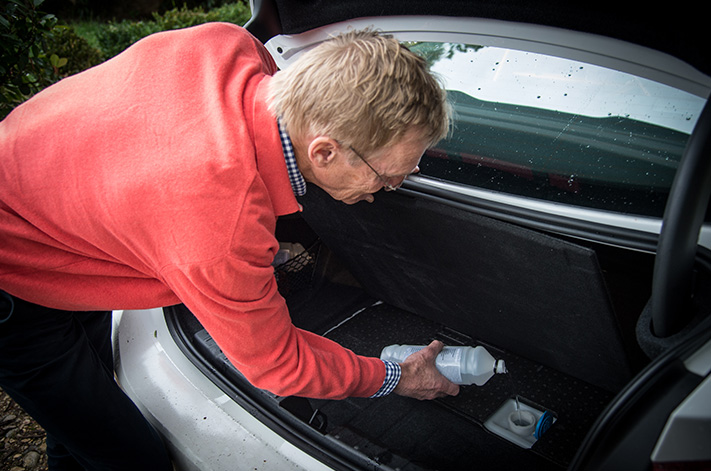
Right-hand drive doesn’t throw Vatanen; he’s a regular visitor to the UK so is used to sitting on the proper side.
But the combination of sodden conditions and the limited grip offered by the track-spec Michelin Pilot Cup 2s on the cold, greasy tarmac are going to be more of a limiting factor, the traction control fluttering and stuttering as the rear tyres struggle to digest full boost.
We’re travelling very quickly, but with little apparent effort from the driver’s seat; Vatanen’s spatial awareness is outstanding, we’re using what feels like every millimetre of the winding roads that lead through the spectacular Gorges de la Nesque and continue to carry serious speed as Vatanen delivers his unhurried commentary.
“So fast, good steering, solid brakes – it really does feel like a competition car… When I think of how hard you had to work in cars with 300hp or even 200hp it’s amazing how far things have come.”
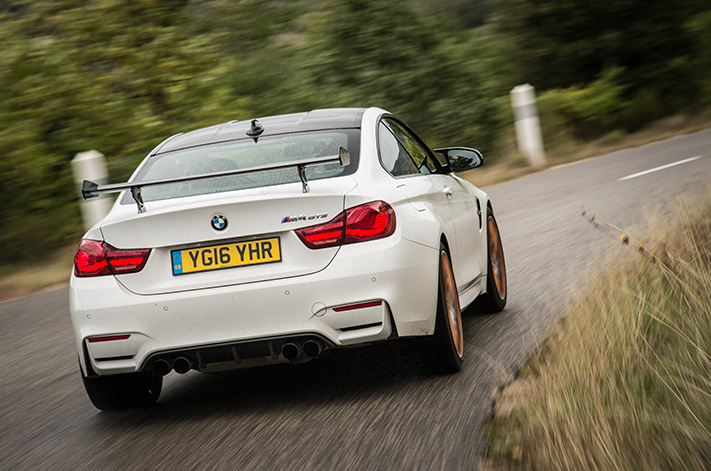
Unlike many of his contemporaries, Vatanen doesn’t have a collection of cars or spend much time driving the ones he competed in. He clearly enjoys the chance to fang something as extreme as the M4 GTS – his daily is a diesel X6 – but he says that he misses politics more.
“The two things can’t really be compared. I can still drive in one way or another with my commitments for BMW, that sensation of driving is still available to me, but I don’t need competition because that’s a thing of the past … I can’t win Monte Carlo anymore, I can’t win a championship, I won’t have a better contract next year. Politics was a completely different challenge. It sounds idealistic but it’s where you try to be part of building a better world.”
After driving and photography we stop for lunch in a small village. It’s clear that Vatanen is enormously fond of his adoptive homeland: “twisty roads, beautiful countryside, even when it’s raining… you can have fun in the most basic rental car or in a beast like this. And of course, you can stop and have a proper coffee, a proper meal.”
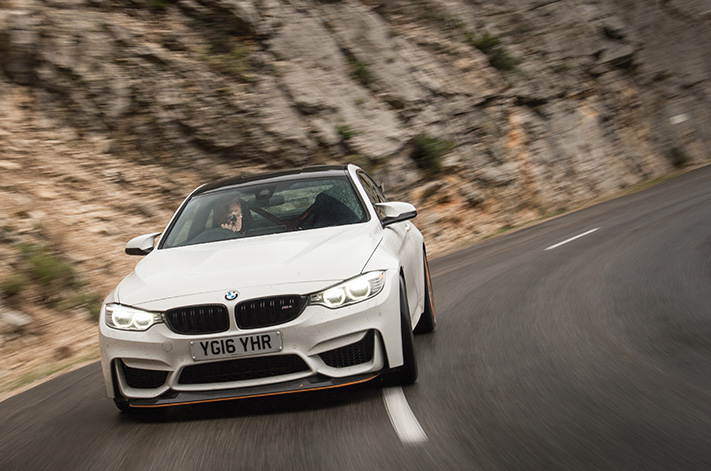
As we return to the car, a woman approaches and she and Ari converse for several minutes in rapid-fire French before parting with an embrace. He translates a summary: “Her mother is 88 years old and still drives, but she is much too fast, so they call her ‘Granny Ari.’”
There’s a huge amount of interest in Ari Vatanen’s past, but he is still keener on the future, passionate about his work with the FIA improving safety and the demands of looking after his farm in Provence.
While he started out as a driver he has become much more than that.

“Nothing is planned, and that’s good. Sometimes life takes a ricochet; you must go with the flow.”
Ari Vatanen Career Highlights 1970 Starts rallying while working as a mechanic 1975 International debut: RAC Rally in Mk2 Escort 1976 Ford works contract, wins British Rally Championship 1980 Wins second British Rally Championship 1981 Wins World Rally Championship in Escort RS1800 for Team Rothmans 1984 After a brief time with Opel switches to Peugeot to drive 205 T16. Wins three events, finishes fourth in Championship 1985 Wins two rounds of the WRC then suffers huge crash in Rally Argentina, misses remainder of season 1987 Returns to competition in the Paris-Dakar. Wins in 205 T16. Takes further victories in 1989, 1990 and 1991 1989-90 Mitsubishi WRC driver for selected rounds. Takes second place at the Thousand Lakes in 1990 1992-93 Subaru works driver, alongside Colin McRae. Three podium finishes 1999 Elected MEP for the Finnish National Coalition party 2003 Elected MEP for the French Union for a Popular Movement 2003 Paris-Dakar with Nissan, finishes 7th overall 2009 Runs against Jean Todt for president of the FIA after Max Mosley steps down. Loses 2013 Becomes chairman of the FIA’s Closed Roads Commission advising on improving safety 2013 Becomes Estonian Autosport Union president

